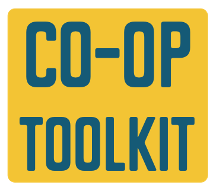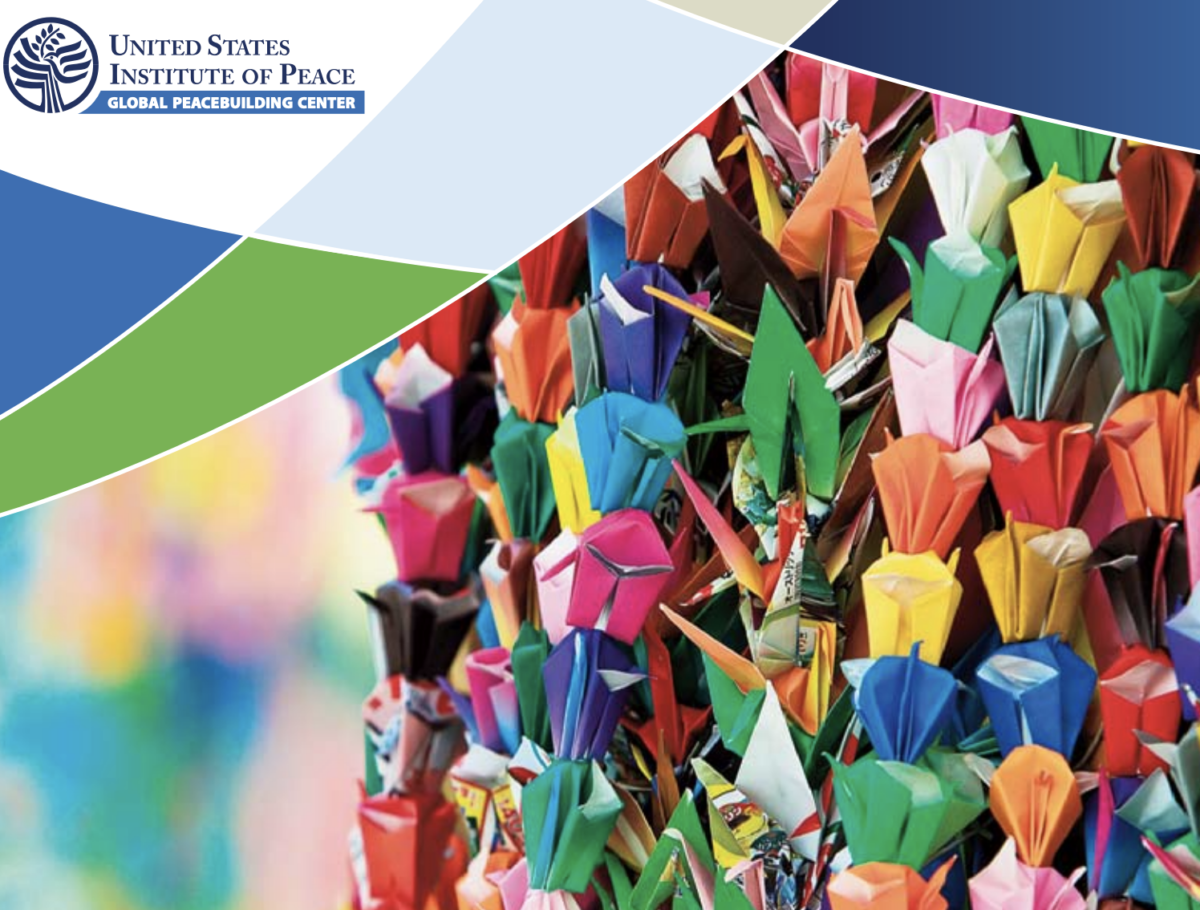"USIP Middle School Peacebuilding Toolkit"
Course
Summary
Organizing Principles:
What are the assumptions on which the toolkit is based? This toolkit is organized around a few basic ideas within the field of international conflict management.
1. Conflict is an inherent part of the human condition. Conflict is natural, and as such, it cannot be eliminated from society. Conflict is a normal part of everyday life and it is part of living in a thriving, pluralistic democracy. What makes a democratic society successful is its ability to deal with conflict, to allow and manage disagreement and dissent among people.
2. Violent conflict can be prevented. Conflict becomes problematic when it escalates to violence. But violent conflict can be prevented. We can teach our students to assert their opinion while being respectful and open to the ideas of others; to listen with care and attentiveness; and to act responsibly when faced with conflict. Conflict need not cross the line to violence. Whether on a personal or an international level, managing conflict is possible when parties in conflict with one another use peacebuilding tools to manage their disagreement.
3. There are many ways to be a peacebuilder. Peacebuilding is based on knowledge, skills, and attitudes that can be learned. As such, everyone can be a peacebuilder. But it is a conscious choice that involves making decisions and taking actions that require effort.
Audience: Who is the toolkit’s intended audience?
The toolkit is designed for a general audience of students in grades 6–8. The content can be modified for older students and some of the content can be modified for younger students. Engaging young audiences in conversations about peace and conflict is important. It is our hope that young students will engage in these topics and continue to reflect on them as they progress through high school and move into the world. The lessons have been developed with great detail to be useful for educators who are new to the methods employed that engage students in experiential learning and critical thinking. The lessons are intended for traditional and alternative education settings.

